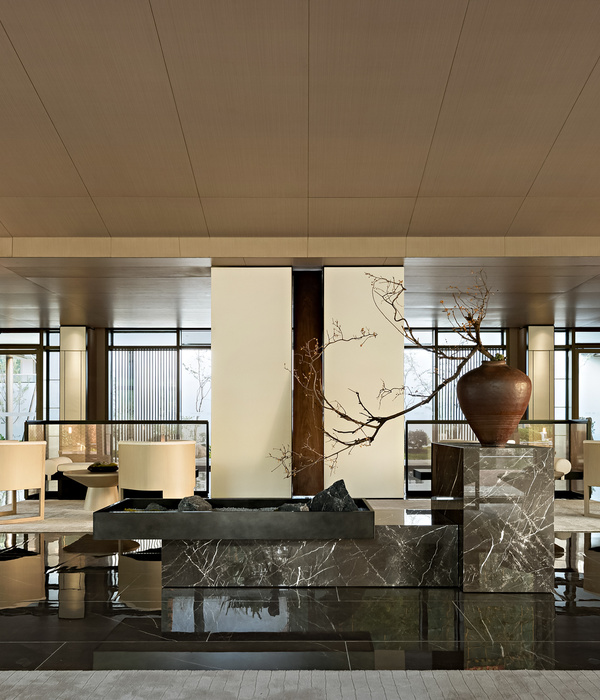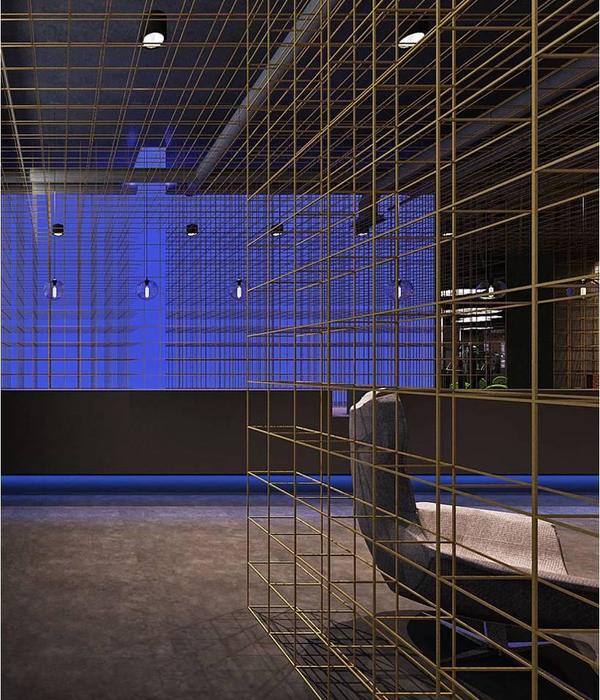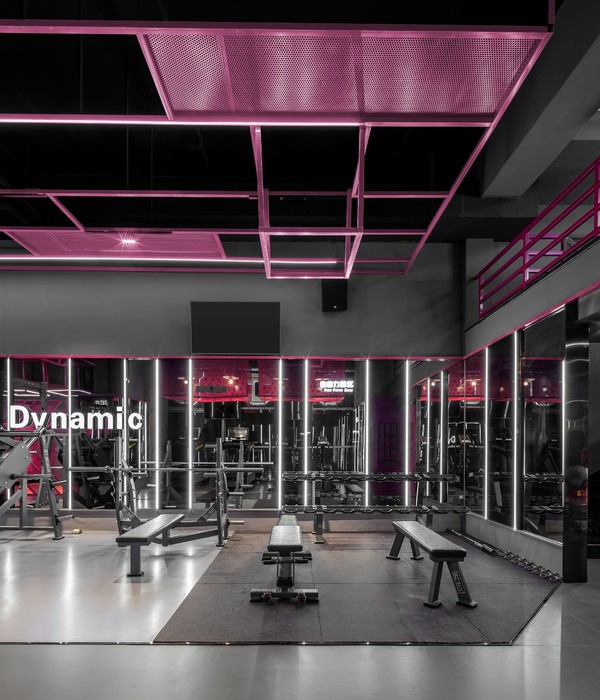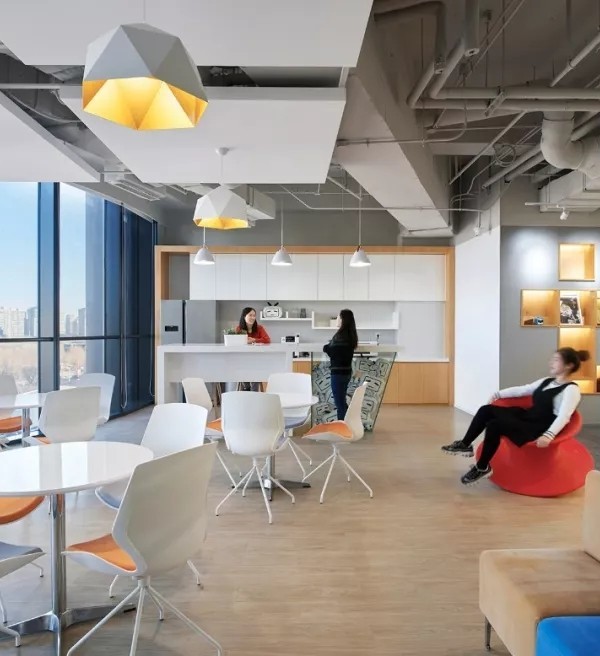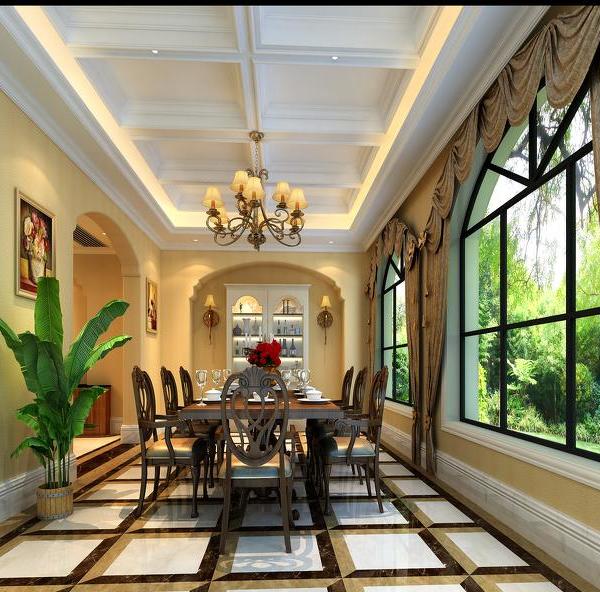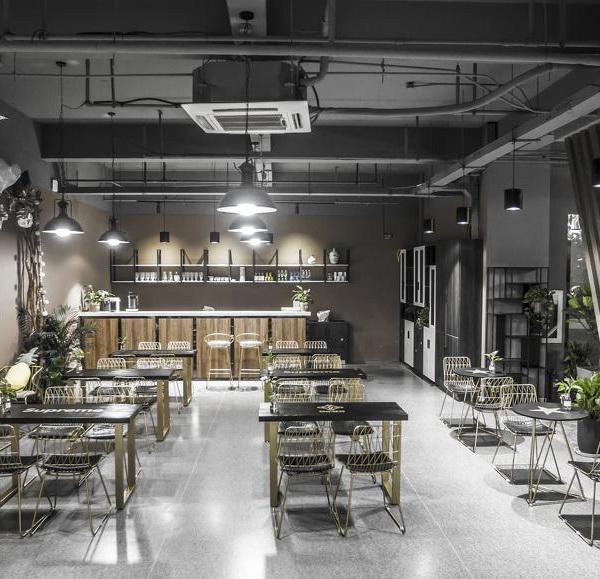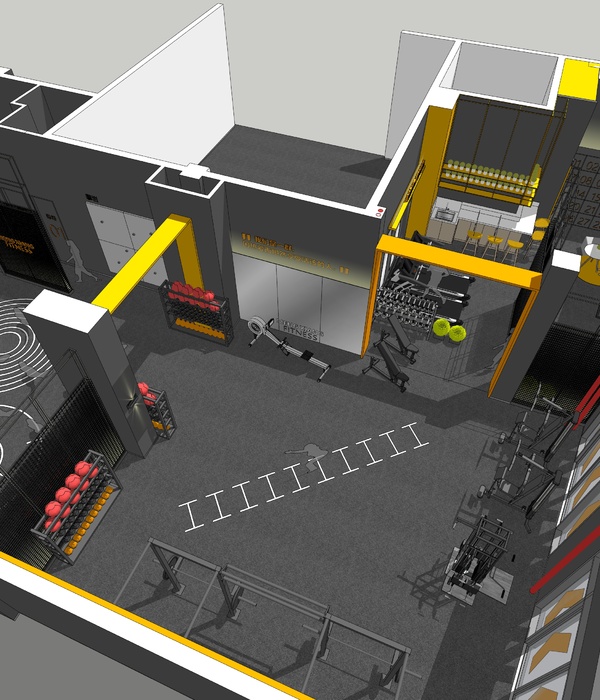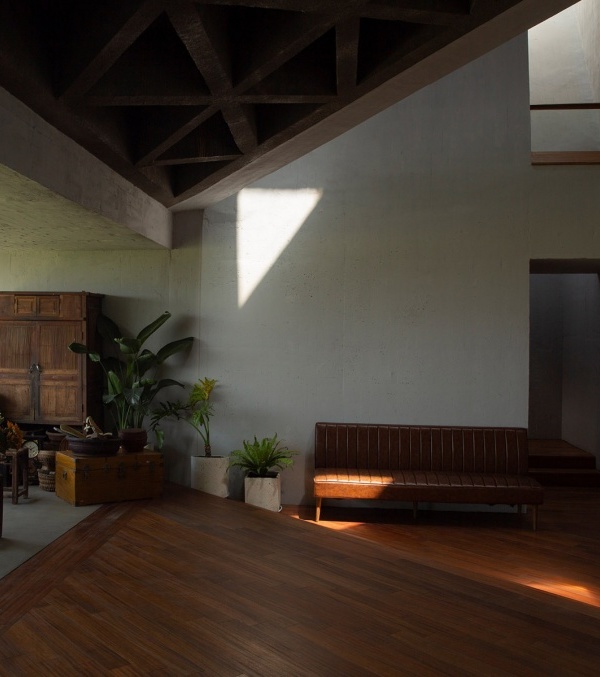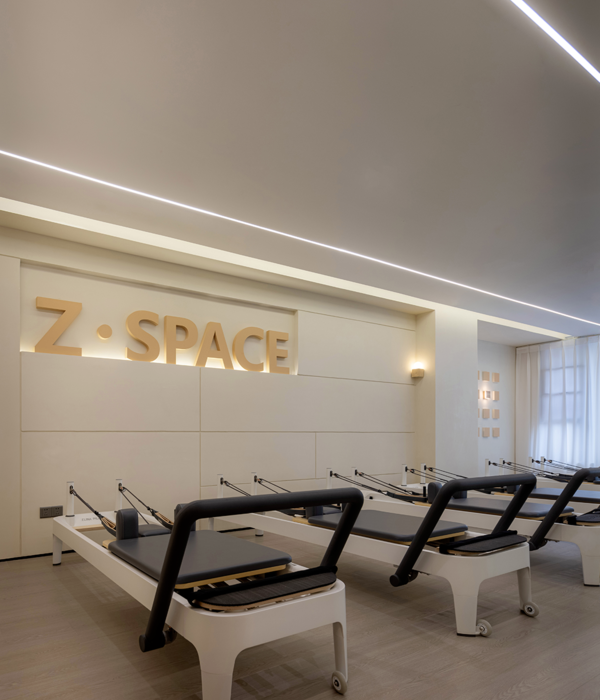Architects:Martin Handley, Yann Junod, Nicola Schürch
Area :600 m²
Year :2021
Photographs :Tazio Choun, Yann Junod, Nicola Schürch
Lead Architects :Martin Handley, Yann Junod, Nicola Schürch
Civil engineer :Kälin & Associés SA
Electrical engineer :Bréa Ingénieurs Conseils Sàrl
Building physics :Estia SA
Acoustics :AER Acousticiens experts
Academic Supervision & Development : Emmanuel Rey, Pascal Michon, Aleksis Dind
Technical Development And Construction Management : Yves Etienne
Cvs Engineer : Amstein + Walthert Lausanne SA
Fire Protection : Fire Safety & Engineering SA
City : Saint-Sulpice
Country : Switzerland
The Smart Training Pavilion is located at the heart of the University of Lausanne and EPFL Sports Centre. More than a fitness centre, it aims to promote links between the academic community, Olympic athletes, sport sciences and the development of prototypical technologies.
For the students by the students. The new building stems from an innovative idea: to give an opportunity to the local students to take part in the campus’ extension through a competition organised by the Laboratory of Architecture and Sustainable Technologies (LAST). The winning proposal, designed by Martin Handley, Yann Junod and Nicola Schürch, was selected for the coherency of its contextual and architectural response. The jury also emphasised the successful implementation allowing for the conservation of the large trees, the modular organisation, and the resolutely low-tech approach.
Sustainability and rationality. The use of wood established itself naturally for its low carbon footprint and local availability and went on to define the overall design. Built upon the existing underground changing rooms, the prefabricated wooden structure is light-weight, easily assembled, and cost-efficient. It creates a timeless and flexible space for an ever-evolving programme and defines the building’s atmosphere and identity.
Low-tech approach for a high-tech programme. The largely transparent facade is surrounded by a multi-faceted wooden lattice. Developed as a low-tech and bioclimatic device, the double facade provides optimal natural light and thermal comfort, meeting the highest energetic standards. Beyond its technical performance, the facade became a tool of architectural experimentation and expression to establish visual relations with the surrounding park, provide privacy to its users and express the dynamic nature of its programme. It encourages visitors to walk around it and experience its evolving transparency and character. By night, the light filters through the wooden lattice and the pavilion becomes a glowing beacon in the park. The new pavilion embraces the vision of the university campus as a living laboratory and demonstrates the potential for a contemporary low-tech approach developed by the local academic community.
▼项目更多图片
{{item.text_origin}}



